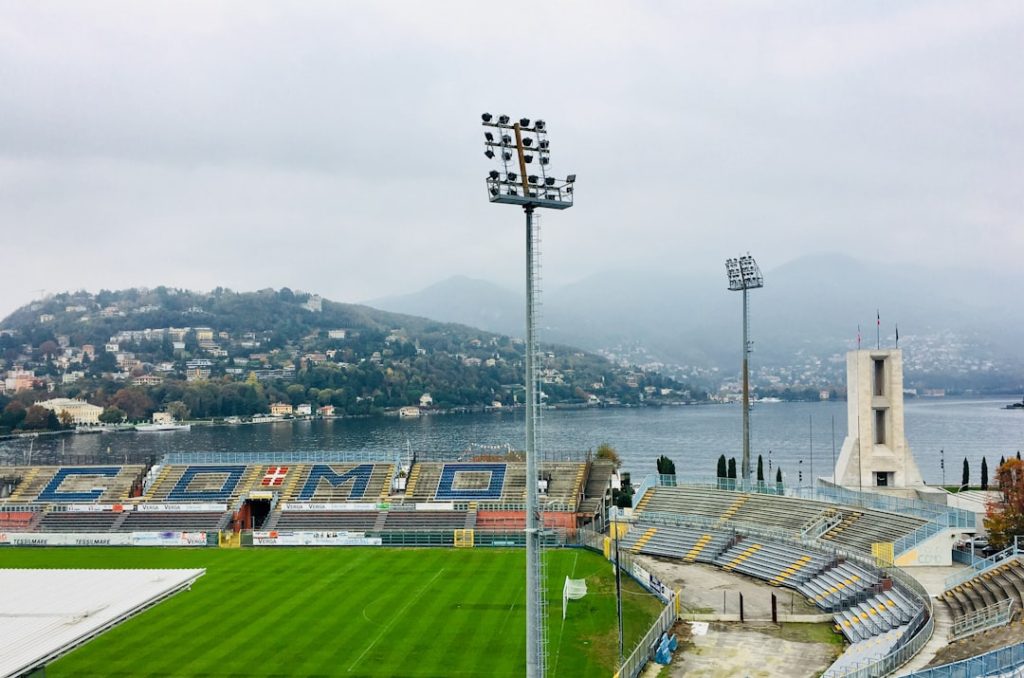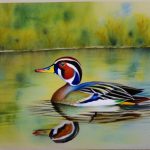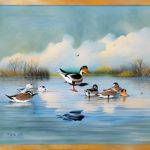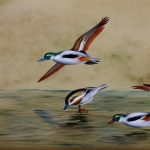Ducks have been an integral part of Philippine agriculture and culture for centuries. The Philippines is home to several indigenous duck breeds that have adapted to the local environment and have been raised for their meat, eggs, and feathers. These duck breeds are well-suited to the tropical climate of the Philippines and have played a significant role in the country’s food security and cultural traditions.
Table of Contents
Key Takeaways
- Philippine duck breeds are an important part of the country’s agricultural heritage and play a significant role in Filipino culture.
- Philippine duck breeds are known for their adaptability to local conditions, disease resistance, and high egg production.
- Some popular Philippine duck breeds include the Pateros duck, Itik Pinas, and the Mallard duck.
- Conservation efforts for Philippine duck breeds are crucial to preserving genetic diversity and ensuring their continued existence.
- Challenges faced by Philippine duck breeds include habitat loss, competition with other poultry species, and limited resources for conservation efforts.
Characteristics of Philippine Duck Breeds
Philippine duck breeds are known for their hardiness, adaptability, and ability to thrive in the local environment. They are generally smaller in size compared to their Western counterparts, with the average weight of adult ducks ranging from 1.5 to 2.5 kilograms. These ducks come in a variety of colors, including black, white, and brown, and are known for their distinctive markings and plumage.
One of the most notable characteristics of Philippine duck breeds is their ability to forage for food in rice paddies and other wetland areas. They are excellent scavengers and can feed on a variety of plants, insects, and small aquatic creatures. This makes them well-suited for free-range or semi-intensive farming systems, where they can supplement their diet with natural food sources.
Popular Philippine Duck Breeds
There are several popular Philippine duck breeds that are raised for various purposes. The Pateros duck, also known as the Itik or Mallard duck, is one of the most common duck breeds in the Philippines. It is prized for its flavorful meat and is often used in traditional Filipino dishes such as adobo and tinola. The Pateros duck is also known for its ability to lay eggs throughout the year, making it a valuable source of protein for Filipino households.
Another popular Philippine duck breed is the Muscovy duck, which is known for its large size and distinctive red facial caruncles. Muscovy ducks are raised for their meat, which is lean and flavorful, and their feathers, which are used in various handicrafts and traditional costumes. The native Philippine Mallard, also known as the Itik Pinas, is another popular duck breed that is valued for its adaptability and resilience.
Conservation Efforts for Philippine Duck Breeds
In recent years, there has been a growing recognition of the importance of conserving and preserving Philippine duck breeds. Several government agencies, non-profit organizations, and research institutions have initiated conservation efforts to protect these indigenous duck breeds from extinction. These efforts include breeding programs, genetic conservation initiatives, and the establishment of protected areas for wild duck populations.
One notable conservation initiative is the establishment of community-based conservation projects that aim to promote sustainable duck farming practices while preserving the genetic diversity of Philippine duck breeds. These projects often involve collaboration with local farmers, who play a crucial role in maintaining and propagating indigenous duck breeds. By raising awareness about the value of these duck breeds and providing support for sustainable farming practices, these conservation efforts are helping to ensure the long-term survival of Philippine duck breeds.
Challenges Faced by Philippine Duck Breeds
Despite their cultural significance and economic importance, Philippine duck breeds face several challenges that threaten their survival. One of the main challenges is the loss of natural habitat due to urbanization, agricultural expansion, and environmental degradation. Wetlands and rice paddies, which are essential habitats for ducks, are being converted into residential and commercial areas, leading to a decline in suitable foraging grounds for these birds.
Another challenge is the threat of genetic erosion due to crossbreeding with non-native duck breeds. Intensive farming practices and the introduction of commercial duck breeds have led to the dilution of genetic purity in indigenous Philippine duck populations. This poses a risk to the unique traits and adaptability of these breeds, which have evolved over centuries to thrive in the local environment.
Importance of Philippine Duck Breeds in Filipino Culture

Philippine duck breeds hold a special place in Filipino culture and traditions. Ducks are not only valued for their meat and eggs but also play a significant role in various cultural practices and celebrations. In rural communities, ducks are often raised as part of backyard farming systems, where they provide a sustainable source of protein for households and contribute to the local economy.
Ducks are also an important part of Filipino culinary heritage, with traditional dishes such as balut (fertilized duck egg), adobo, and sinigang featuring prominently in local cuisine. These dishes are not only delicious but also reflect the deep connection between ducks and Filipino culinary traditions. In addition, ducks are often used in traditional rituals and festivities, such as weddings, fiestas, and religious ceremonies, where they symbolize prosperity, fertility, and abundance.
Future Prospects for Philippine Duck Breeds
Despite the challenges they face, there is hope for the future of Philippine duck breeds. With increasing awareness about the value of indigenous biodiversity and sustainable agriculture, there is growing support for conservation efforts aimed at protecting these unique duck breeds. By promoting sustainable farming practices, preserving natural habitats, and raising awareness about the cultural significance of Philippine duck breeds, it is possible to ensure their long-term survival.
Furthermore, there is a growing interest in promoting indigenous duck breeds as part of agro-tourism initiatives, where visitors can learn about traditional duck farming practices and experience the cultural heritage associated with these birds. This not only provides economic opportunities for local communities but also helps to raise awareness about the importance of conserving Philippine duck breeds for future generations.
In conclusion, Philippine duck breeds are an important part of the country’s agricultural heritage and cultural identity. By recognizing their value and implementing conservation efforts to protect them, we can ensure that these unique duck breeds continue to thrive in the Philippines for years to come.
If you’re interested in learning more about Philippine duck breeds, you might also want to explore an article on turning a shed into a chicken coop on PoultryWizard. This article provides valuable insights into creating a suitable and comfortable environment for poultry, which can be beneficial for duck breeders as well. Check it out here.
FAQs
What are the different Philippine duck breeds?
There are several Philippine duck breeds, including the Pateros duck, the Itik Pinas, the Mallard duck, and the Muscovy duck.
What are the characteristics of Philippine duck breeds?
Philippine duck breeds are known for their adaptability to local conditions, high egg production, and good meat quality. They also have strong resistance to common duck diseases.
What are the uses of Philippine duck breeds?
Philippine duck breeds are primarily raised for their eggs and meat. They are also used for weed and pest control in rice fields and as a source of income for small-scale farmers.
What are the conservation efforts for Philippine duck breeds?
Conservation efforts for Philippine duck breeds include breeding programs, education and awareness campaigns, and the establishment of protected areas for wild duck populations. These efforts aim to preserve the genetic diversity and cultural significance of Philippine duck breeds.
Meet Walter, the feathered-friend fanatic of Florida! Nestled in the sunshine state, Walter struts through life with his feathered companions, clucking his way to happiness. With a coop that’s fancier than a five-star hotel, he’s the Don Juan of the chicken world. When he’s not teaching his hens to do the cha-cha, you’ll find him in a heated debate with his prized rooster, Sir Clucks-a-Lot. Walter’s poultry passion is no yolk; he’s the sunny-side-up guy you never knew you needed in your flock of friends!







